Let’s start with a disclaimer: we’re not big wall climbers. I like my feet on the ground, bouldering or more recently, single-pitch sport climbing; I’ve done a handful of multi-pitch sport routes. But when driving through Wyoming, we couldn’t pass up the chance to climb a route on Devil’s Tower. This was my first multi-pitch trad experience, which took me a bit by surprise at how mentally challenging and physically draining it was. There’s not a ton of information online about climbing Devil’s Tower; here’s a bit more.
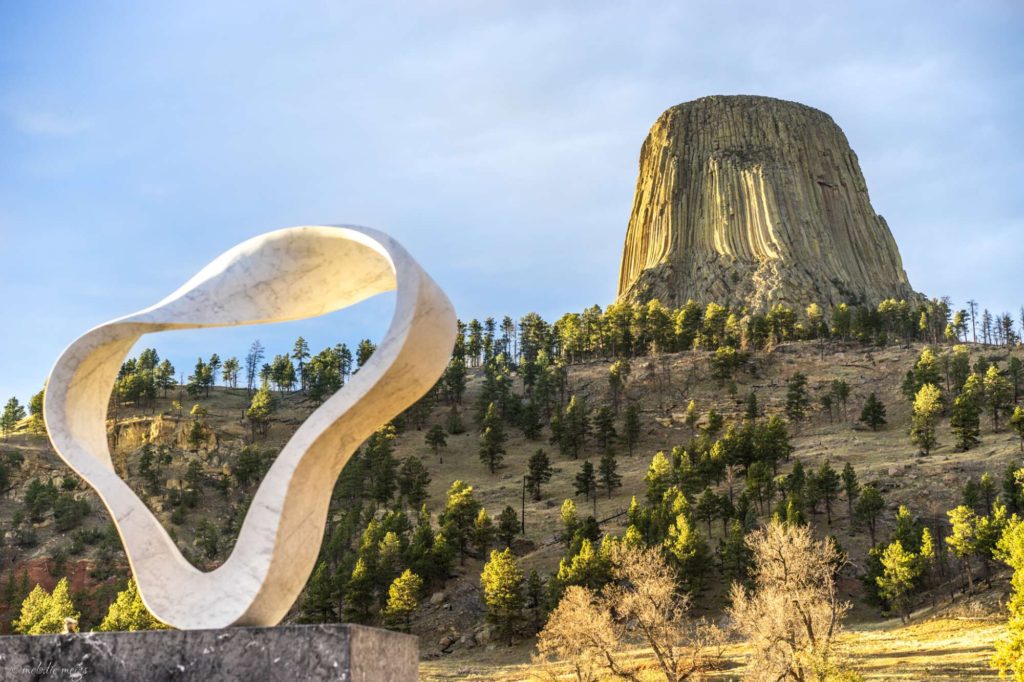
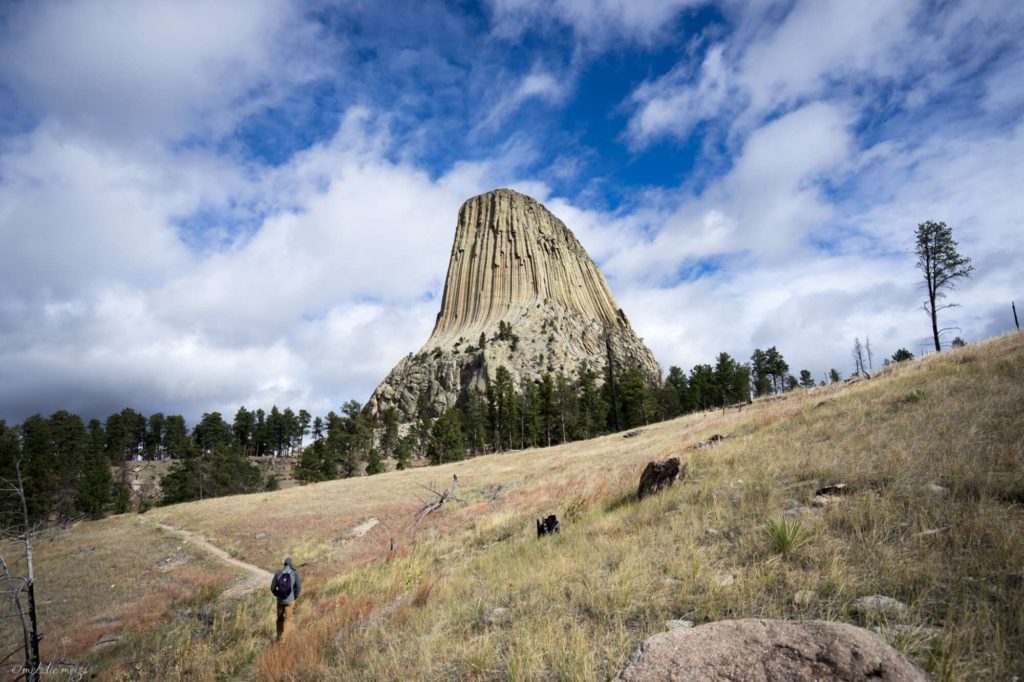
The Rock and Geology
Devil’s Tower is a National Monument located in the Northeast corner of Wyoming, about a 2.5 hour drive from Ten Sleep. It’s a huge protrusion in otherwise hundreds of miles of small rolling hills, with base at at 5,000ft and summit at another 900ft. The current theory is that the tower was created by magma that rose into the surrounding rock, hardened, and eventually became exposed due to erosion. When the rock cooled, it formed near-perfect hexagonal columns separated by vertical cracks. The rock is called phonolite porphyry, a form of volcanic rock with feldspar and augite crystals.
Logistics, Weather, Gear
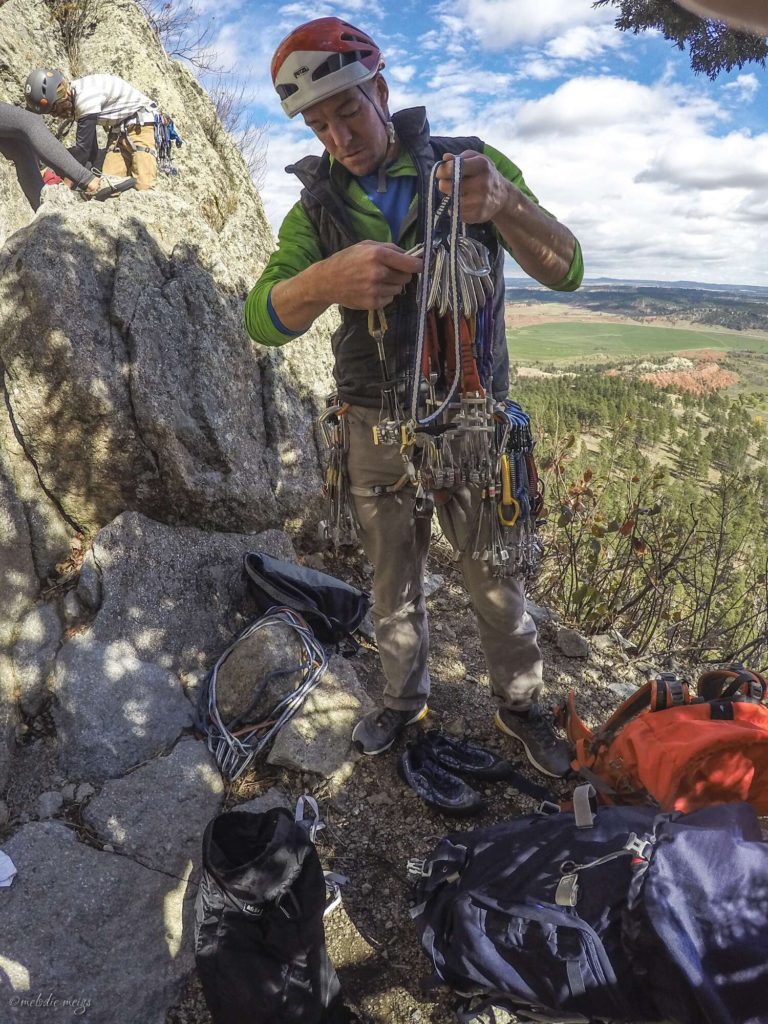
On to the climbing. You need to visit the climbing office at the visitor’s center to register to climb. The office has information on approaches, weather, anchors, and they have a climbing guide you can photograph.
Devil’s Tower is prone to serious wind. We delayed our climbing a day to avoid 30mph gusts, only to climb in 20mph gusts. It was a very brisk high of 50 degrees in early Oct, and by the time we were climbing, we were in the shade. Most of the popular easier routes like Soler, TAD, and Durrance face East, so you’re getting afternoon shade.
It’s highly recommended that you bring 2 ropes. Some of the rappels are possible with 1 rope, some need or are faster with 2 ropes, and due to the cracks, it’s a real possibility you can get a rope caught. Soler took gear really well up to #2 camalots.
Devil’s Tower routes are pretty old school sandbagged, so choose routes wisely!
The Approach
The approach isn’t to be taken lightly–I found that all the resources, including the climbing office, downplayed the approach. You start up the dirt trail on the east side behind the viewing poles that tourists can look through on the paved walkway. The dirt trail turns into boulder hopping up into the Bowling Alley. From there you veer right and need to turn the corner to where Soler, TAD, and El Cracko Diablo are.
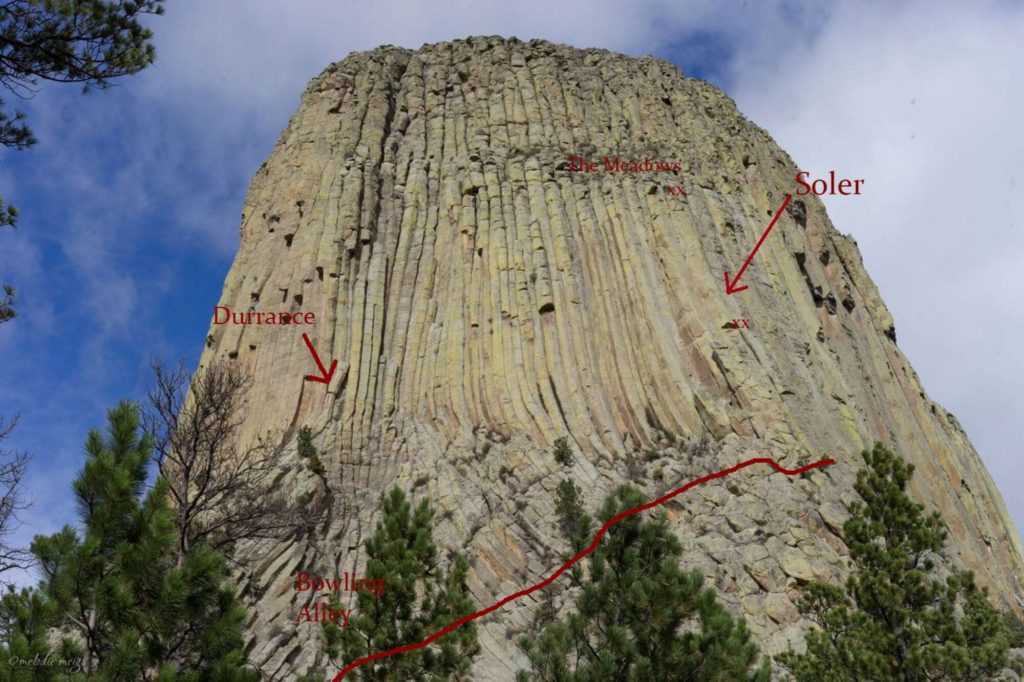
This is where the approach gets sketchy. It’s listed as 4th Class but there are 3 places with death fall potential if you slip. It’s easy rock scrambling, but the rock is fairly slick even in good conditions. We’d rope up and simul-climb the approach if we did it again. We’re both risk averse when it comes to very dangerous situations, even if the climbing is easy. You’ll want high friction approach shoes or climbing shoes.
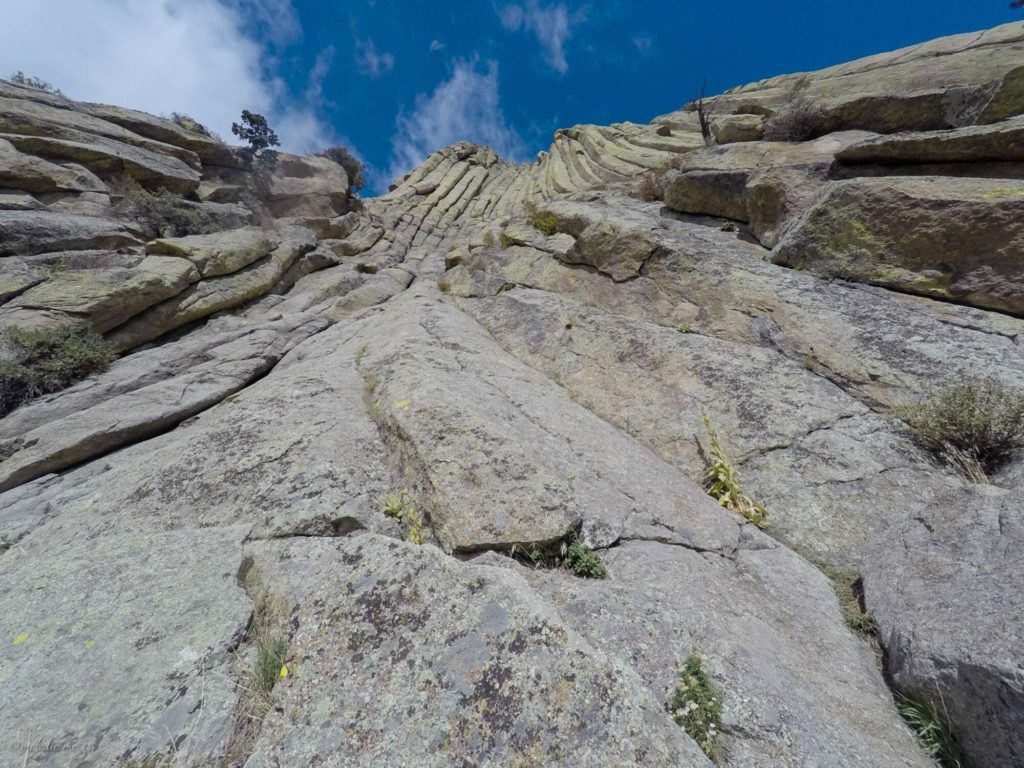
The approach is complicated by having so much gear and 2 ropes (comparatively to bouldering or sport climbing). It’s also fairly exposed as wind gust can shoot around the corner and up through the dihedrals.
You drop down into a flat belay area. Soler is the first crack in a dihedral to the right of 2 bolted routes.
Pitch 1
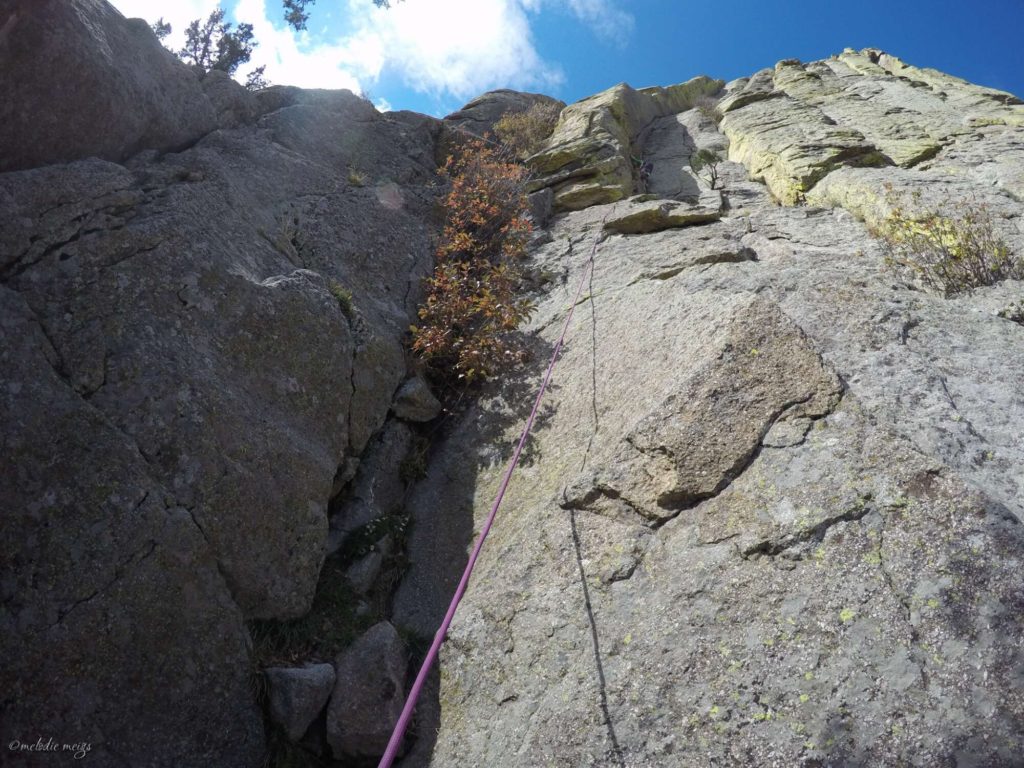
Pitch 1 crack is listed at 150′ and hands. I’ve got fairly small hands (I’m 5’4, 120lb) and it was a long pitch of rattly off-hands, between hands and fist. I laybacked most of the pitch, which was exhausting. There’s 2 bolts at the top for a somewhat awkward hanging belay at a slabby section. I couldn’t quite reach the bolt anchors from a huge jug foot–not such a big deal since I was following, but it’d be a legit extra crack move to reach otherwise.
Pitch 2
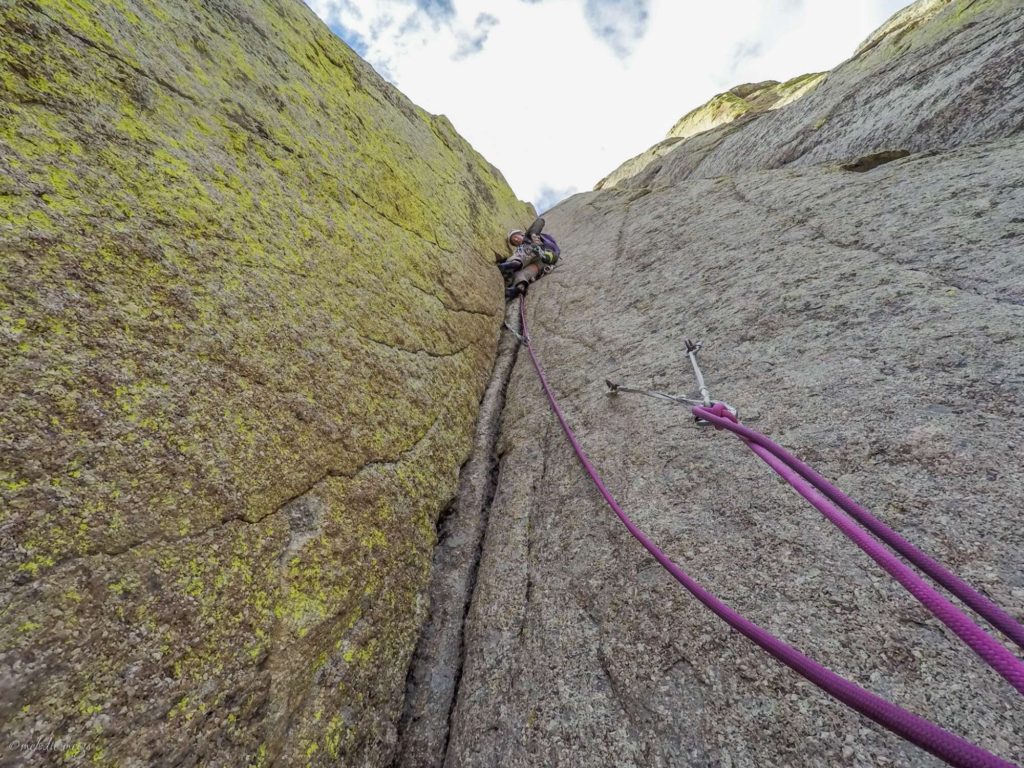
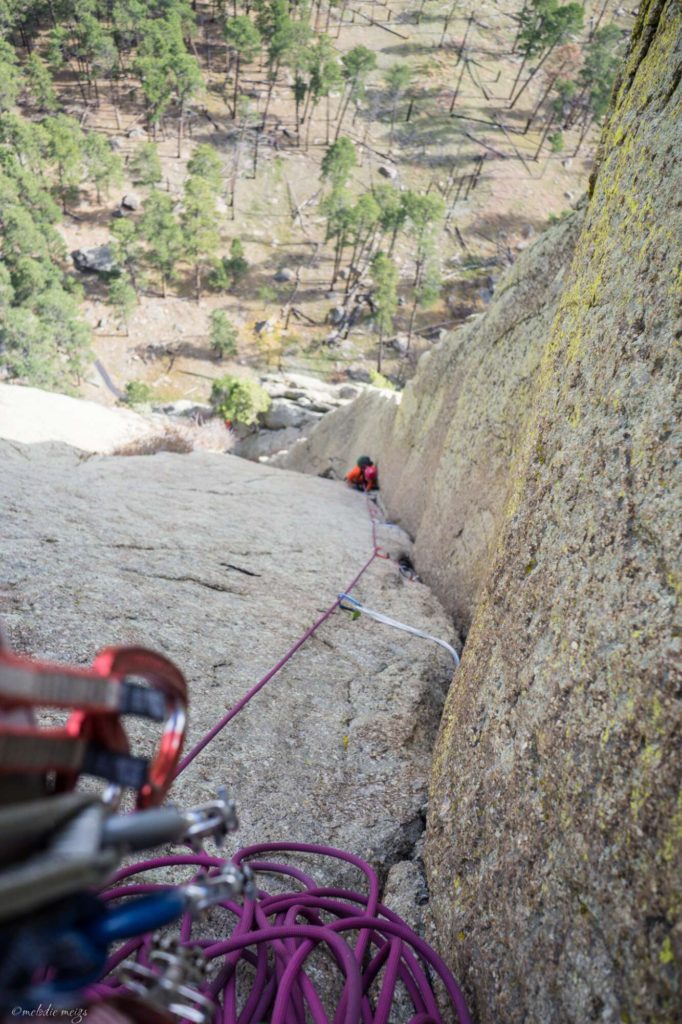
Pitch 2 crack is listed at 100′ and fingers, and most say it’s harder than P1. It was very solid hands for me and much easier than pitch 1. It was in-between fingers and hands for Jeremy, and harder for him than P1.
The last 15ft of P2 is juggy vertical rock. You can set a trad anchor up here, which isn’t clear from other literature. We ended up doing a left traverse into the anchors for the bolted routes, Soler Eclipse and Rock Suckers. There were only 2 other parties we saw the entire day, so there wasn’t any issue borrowing the anchors.
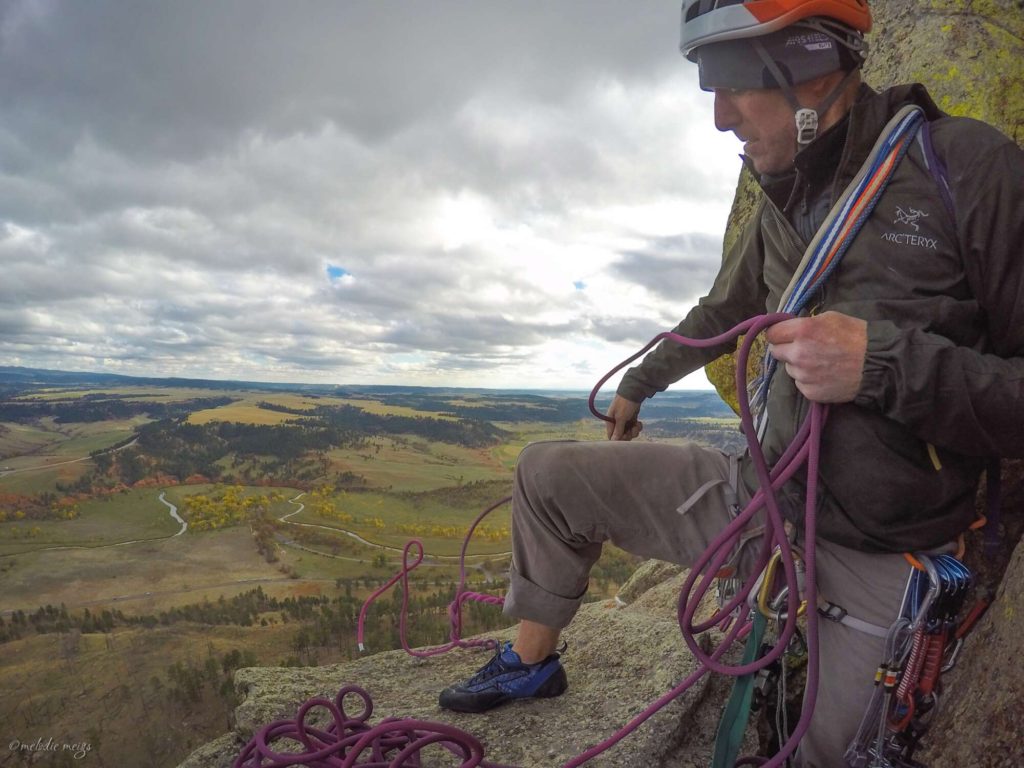
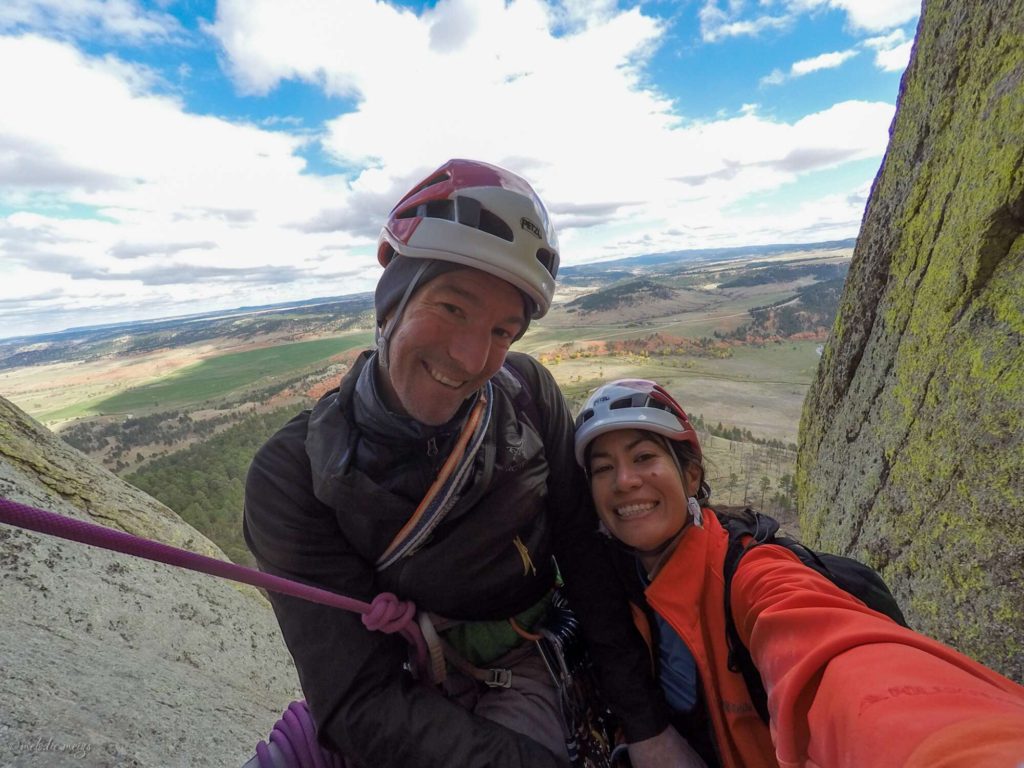
Summiting
I really wanted to summit, but we ran out of daylight. If you want to summit, you veer right from Soler into The Meadows, doing mainly 4th class with some easy 5th class climbing. There’s a “5.4 chimney” to the top that we can’t vouch for.
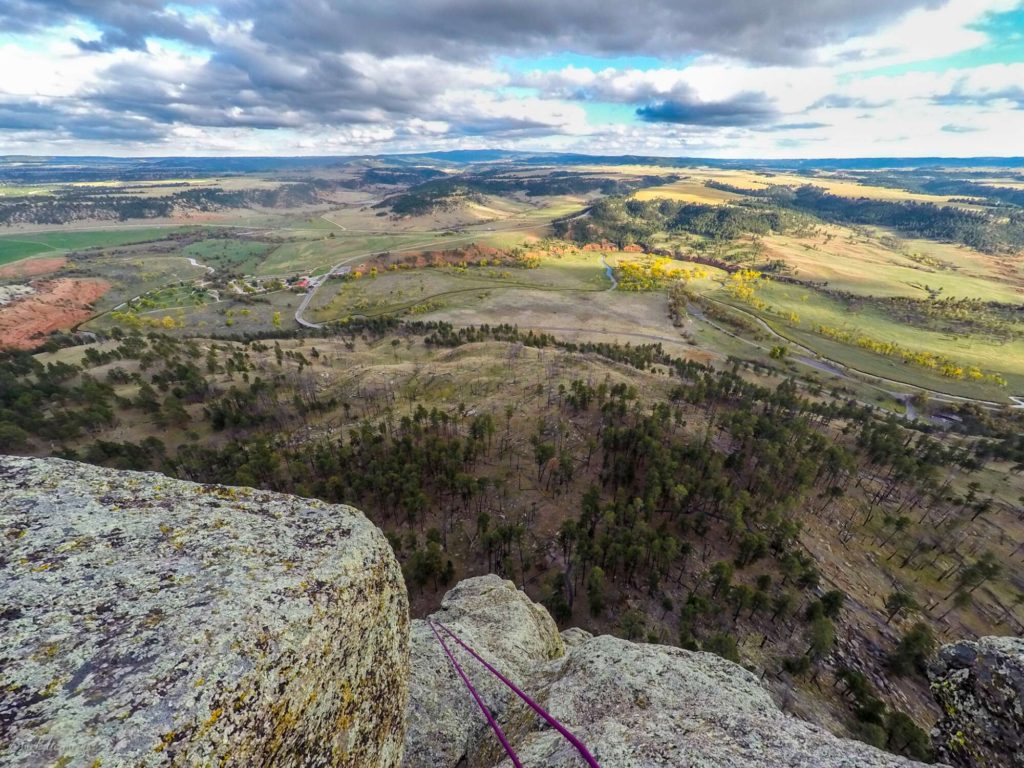
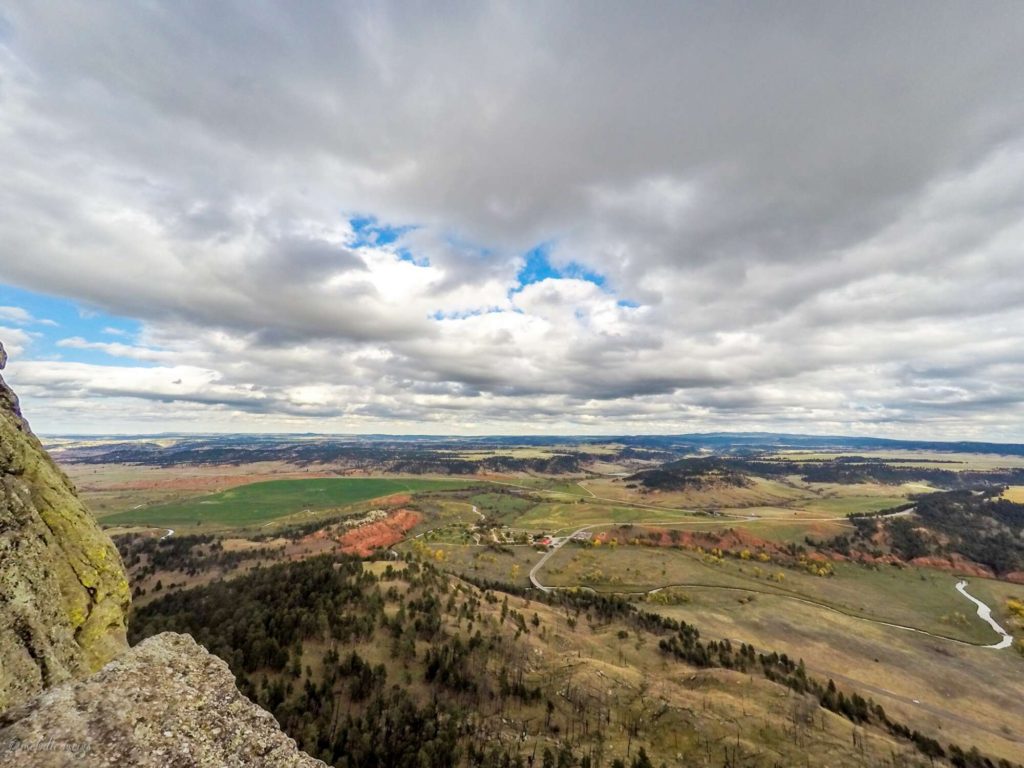
Rappeling
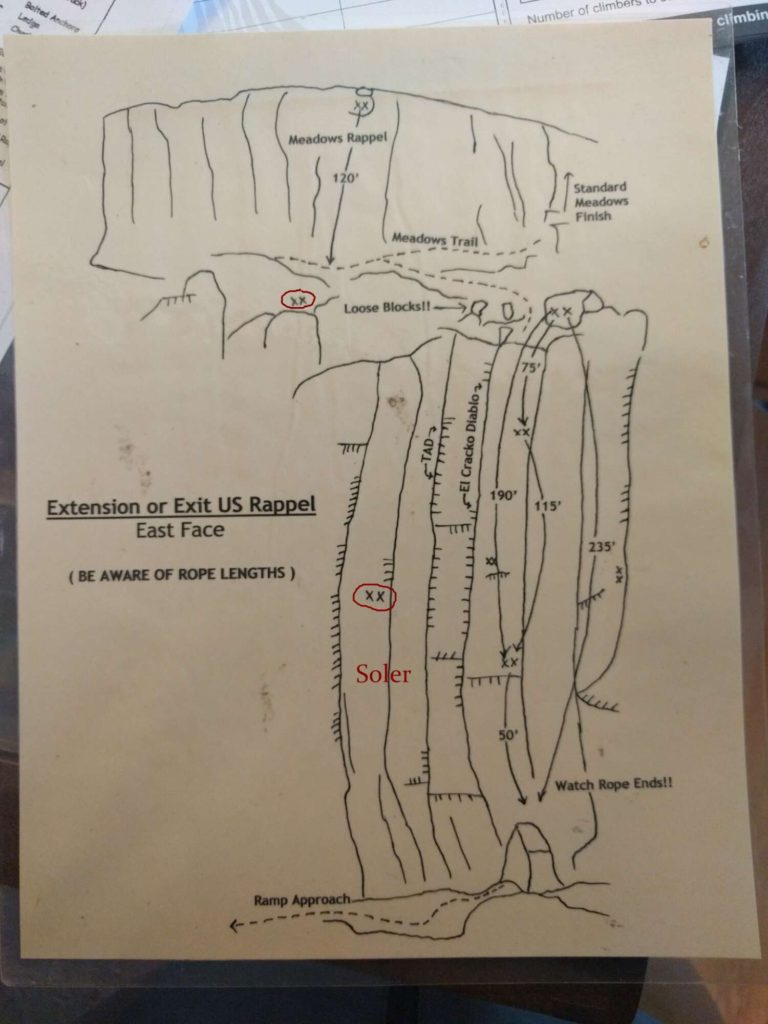
If you stop at P2 of Soler and use the anchors for Soler Eclipse, you can rap down with 1 70m rope. Make sure you’re at your midpoint and tie knots at the ends before rapping the last pitch! I was on my tippy-toes trying to reach the jug feet (else I’d have to untie from the crack and try not to fall down the next 30ft). You’ve got about 30ft of downclimb scrambling from where a 70m rope will set you down on the jugs. It was probably safer than it seemed, but you feel exposed on the face.
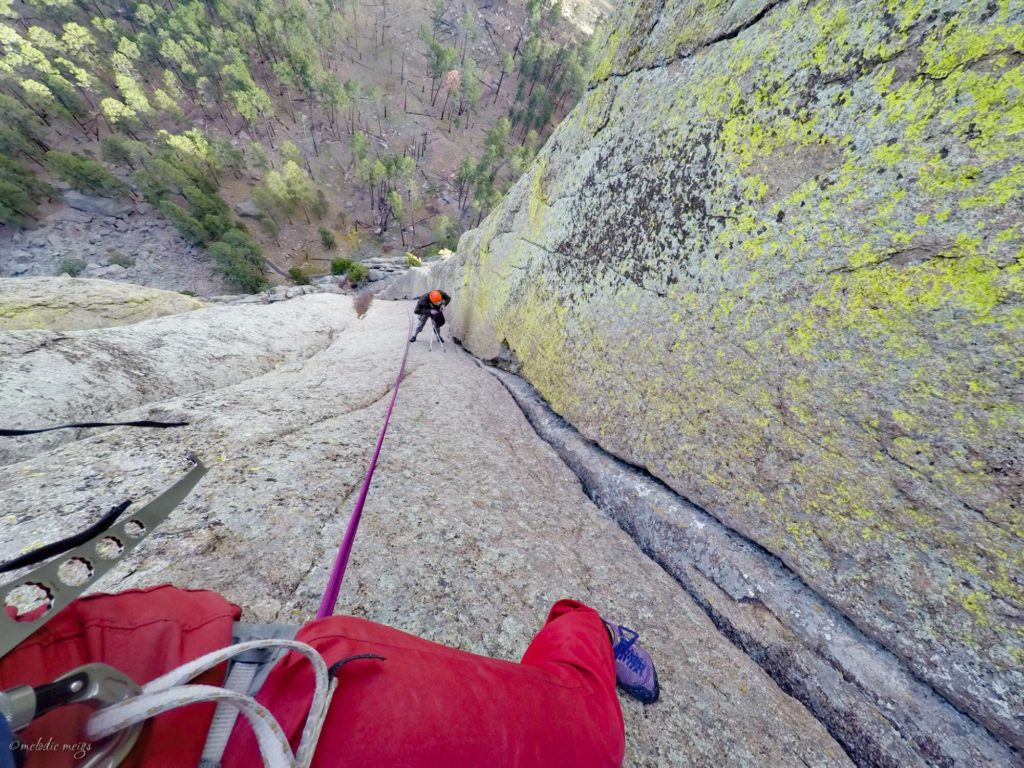
If you continue to the summit, you need 2 ropes to do the traditional Meadows rap. Make sure to spot the anchors on your way up to the summit. Finding them on the way down if you don’t know where they are would be hard. You need to do some 4th class downclimbing to get to them.
In a nutshell
All in all it was more than I expected mentally and physically. I didn’t like the approach with the extra gear weight and exposure, and it hung on me mentally during the day, knowing we’d have to reverse it on the way down. The anchors were hard to find and navigate the rappels. It’s a lot harder to climb carrying a 20lbs of a full rack and extra rope. It was in the mid-40 degrees plus wind gusts. Cracks aren’t my forte as a boulderer and sport climber (that’s an understatement), plus I didn’t want to jam my right leg in because of the surgery. But, very glad we did it.
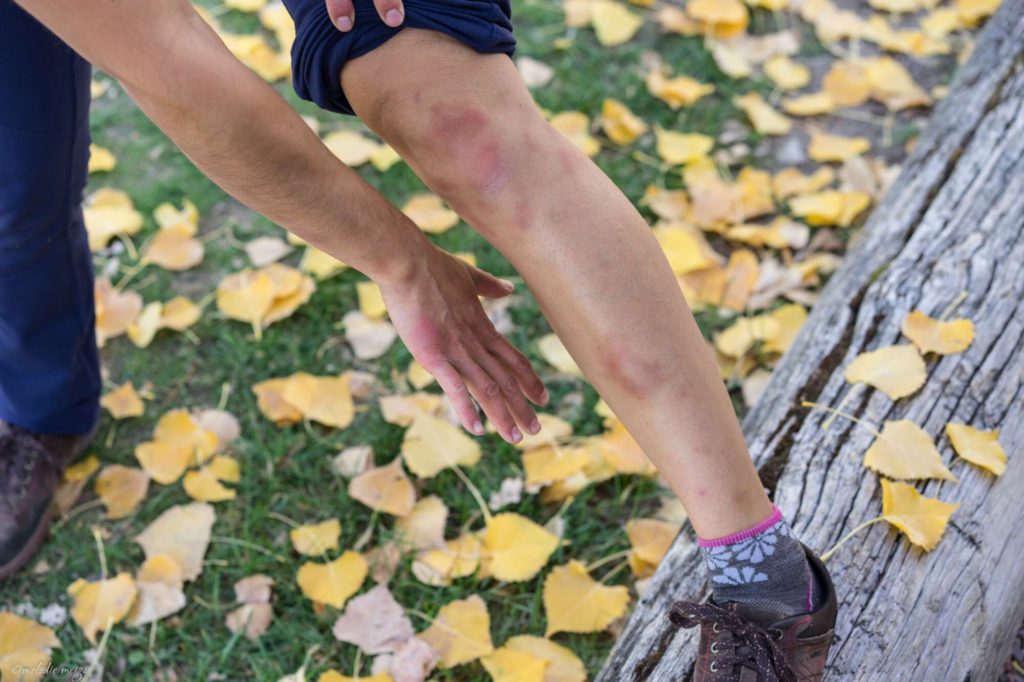
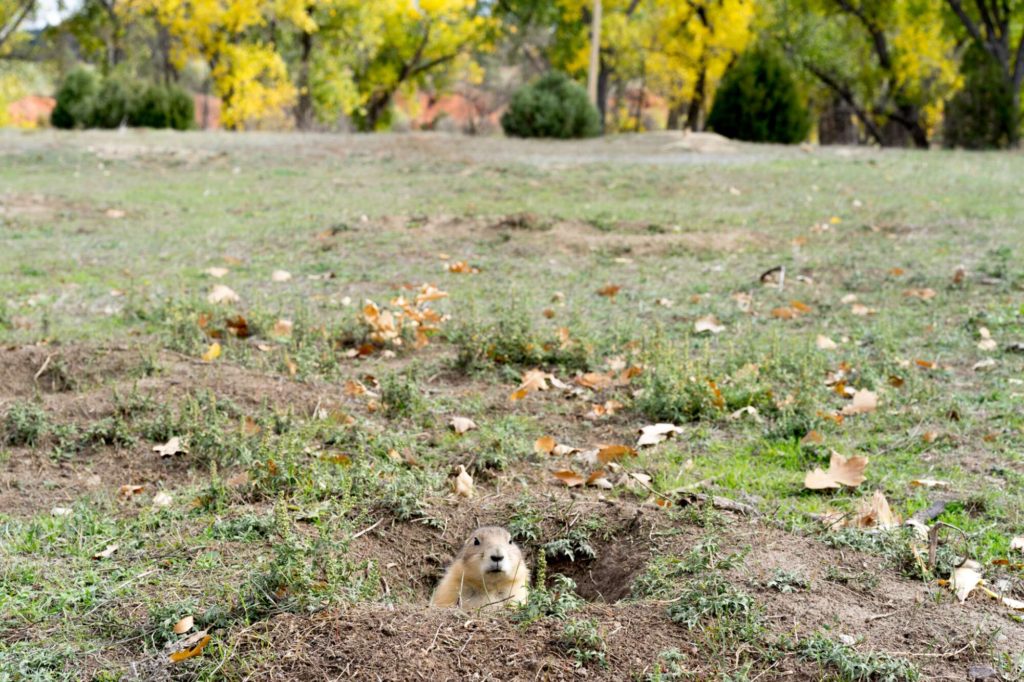
→ Explore more articles in Climbing, Fitness, ACL